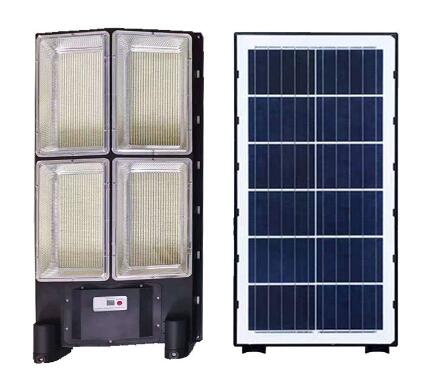Do LED Street Lights Reduce Light Pollution?
As cities continue to grow and expand, the use of artificial lighting at night becomes more prevalent. However, this excess lighting can lead to light pollution, which has a negative impact on both the environment and human health. As a solution to this problem, LED street lights have become increasingly popular due to their energy efficiency and lower maintenance costs. But the question remains: do LED street lights actually reduce light pollution?
The Effects of Light Pollution
Light pollution can have a significant impact on the environment and human health. It disrupts natural ecosystems by altering the behavior of nocturnal animals and interfering with their breeding patterns. It also affects human health by interfering with circadian rhythms, leading to sleep disorders and other health issues. In addition, light pollution wastes energy and contributes to greenhouse gas emissions, which exacerbate climate change.
The Advantages of LED Street Lights
LED street lights have become a popular choice for cities looking to reduce their energy consumption and maintenance costs. Compared to traditional street lights, LED lights consume less energy and have a longer lifespan, which means they require less maintenance. They also provide better quality lighting that can be directed more precisely, reducing light spill and glare.
Do LED Street Lights Reduce Light Pollution?
LED street lights have the potential to reduce light pollution, but the impact depends on how they are implemented. The color temperature of the light emitted by LED street lights can have a significant impact on light pollution. Light with a higher color temperature, such as blue or white light, is more likely to contribute to light pollution than light with a lower color temperature, such as yellow or amber light.
Additionally, the design of the LED street lights and the way they are installed can impact their ability to reduce light pollution. The direction of the light, the angle of the light fixtures, and the height of the fixtures all play a role in determining how much light is directed towards the ground and how much is directed into the sky.
To maximize the benefits of LED street lights and minimize light pollution, cities should consider the following factors:
Color temperature: Choose LED lights with a lower color temperature, preferably below 3000K, to minimize light pollution.
Directional lighting: Use LED lights that direct light downwards, towards the ground, instead of upwards or sideways.
Properly shielded fixtures: Install LED lights with properly shielded fixtures that prevent light from escaping in unwanted directions.
Smart lighting: Implement smart lighting systems that adjust the brightness of the lights based on the time of day and the presence of people or vehicles.
Conclusion
LED street lights have the potential to reduce light pollution, but their effectiveness depends on how they are implemented. By choosing LED lights with a lower color temperature, using directional lighting, installing properly shielded fixtures, and implementing smart lighting systems, cities can minimize light pollution and improve the environment and human health.
As the world continues to grow and urbanize, it is essential to implement sustainable and environmentally friendly solutions, and LED street lights are one of them. With careful planning and implementation, LED street lights can significantly reduce light pollution and create a safer and healthier environment for everyone. We are an LED street light supplier. If you are interested in our products, please contact us now!
209
0
0
Next: None



Comments
All Comments (0)